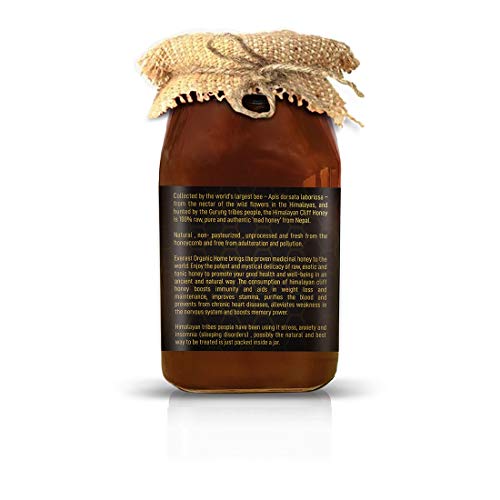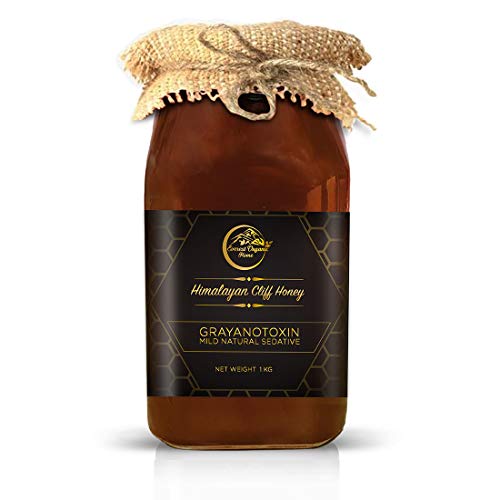Description
Mad Honey: A Sweet Treat with a Wild Side
For centuries, high in the remote mountains of Nepal and Turkey, a unique and potent honey has been harvested. This isn’t your average breakfast staple; it’s “Mad Honey,” a hallucinogenic substance known for its intoxicating and sometimes dangerous effects.
What Makes it “Mad”?
The key ingredient behind this mind-altering honey is grayanotoxin, a neurotoxin found in rhododendron plants. Honeybees collect nectar from these rhododendrons, inadvertently incorporating grayanotoxins into the honey they produce. The level of grayanotoxin varies depending on the specific species of rhododendron, the region, and the season.
A History Steeped in Tradition
Mad Honey boasts a long and fascinating history. Historically, it has been used in Nepal and Turkey for medicinal and ritualistic purposes. Small doses were believed to treat ailments like hypertension, arthritis, and digestive issues. Some cultures also used it as a recreational drug, valued for its euphoric and hallucinogenic properties.
In ancient times, Mad Honey even played a role in military strategy. Legend has it that soldiers would intentionally leave Mad Honey near enemy camps, knowing that its consumption would incapacitate and confuse the opposition.
The Effects: A Fine Line Between Euphoria and Danger
The effects of Mad Honey are unpredictable and vary depending on the dose, individual tolerance, and the concentration of grayanotoxin in the honey. A small dose can induce feelings of relaxation, euphoria, and mild hallucinations. However, consuming too much can lead to a range of adverse effects, including:
- Dizziness and Lightheadedness: The most common initial symptoms.
- Nausea and Vomiting: A frequent occurrence, especially with higher doses.
- Blurred Vision: Can range from minor distortions to significant impairment.
- Hypotension (Low Blood Pressure): A potentially dangerous effect that can lead to fainting and even shock.
- Bradycardia (Slow Heart Rate): Can be life-threatening if severe.
- Cardiac Arrhythmias: Irregular heartbeats that require immediate medical attention.
- Seizures: A rare but serious complication of grayanotoxin poisoning.
The Dangers of Mad Honey
Despite its cultural significance, Mad Honey is not without its perils. Overconsumption can lead to severe health complications and even death. The unpredictable nature of its effects makes it difficult to dose accurately, increasing the risk of adverse reactions.
Furthermore, the sourcing and quality of Mad Honey can be questionable. Adulteration with other substances is a real concern, potentially exacerbating the risks associated with its consumption.
Is Mad Honey Legal?
The legal status of Mad Honey varies depending on the country. In some regions, it is legally sold and consumed within certain cultural contexts. However, in other countries, it may be restricted or prohibited due to its hallucinogenic properties and potential health risks.
Should You Try It?
The allure of Mad Honey is undeniable, with its exotic origins and mind-altering effects. However, the risks associated with its consumption far outweigh the potential benefits. The unpredictable nature of its effects, the potential for severe health complications, and the challenges of sourcing high-quality, unadulterated honey make it a substance best avoided.
For those curious about exploring altered states of consciousness, there are safer and more reliable alternatives available. Ultimately, the decision to consume Mad Honey is a personal one, but it should be made with a full understanding of the potential dangers involved.
In conclusion, Mad Honey is a fascinating, albeit dangerous, substance with a rich history and a unique set of properties. While its allure is strong, the risks associated with its consumption are significant, making it a sweet treat that’s best left untasted.










